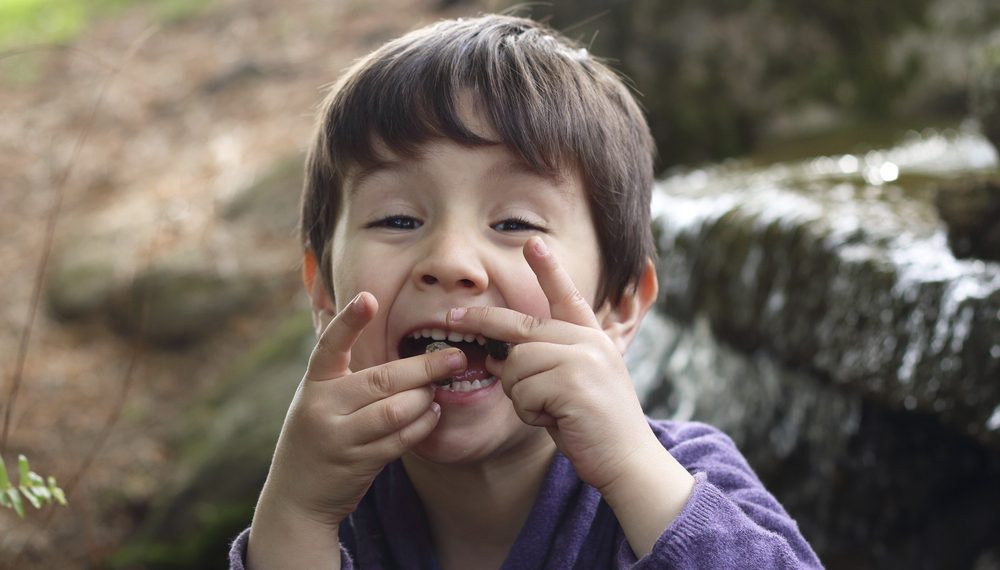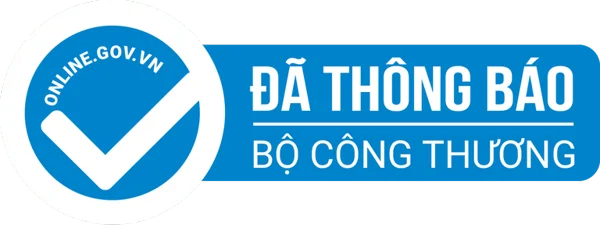Learn about pica, a disorder where children eat nonfood items, its causes, risks, and practical tips for parents and educators to manage it safely.
What is Pica?
Pica is a disorder in which individuals eat items with no nutritional value. While some items, like ice, may be harmless, others—like paint flakes, sand, or metal—can be dangerous. Pica occurs most often in children and pregnant women, and it may be temporary. In individuals with intellectual disabilities, pica can be more severe and long-lasting.
People with pica might regularly eat nonfood items such as soap, buttons, hair, dirt, sand, cigarette ashes, paint, glue, or chalk. The behavior must persist for at least one month to qualify as pica.
Causes of Pica
There is no single cause for pica. Possible triggers include:
Mental health conditions like schizophrenia hoặc OCD
Cultural practices, such as geophagia (eating clay)
Sensory enjoyment or craving certain textures or flavors
Complications of Pica
Eating nonfood items can lead to serious health issues, including:
Poisoning, such as lead poisoning
Parasitic infections
Intestinal blockages
Choking
Advice for parents and educators
Monitor children for potentially dangerous nonfood items
Inform school staff, healthcare providers, and therapists about the behavior
Provide safe alternatives to chew or bite
Seek professional help if the behavior persists
Pica is a manageable disorder with early intervention and proper guidance. Awareness, monitoring, and professional support are essential for ensuring children’s safety and well-being.
Chia sẻ:



